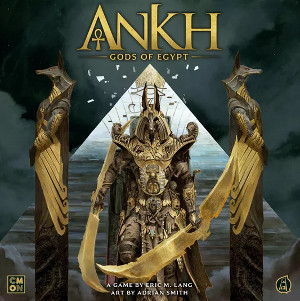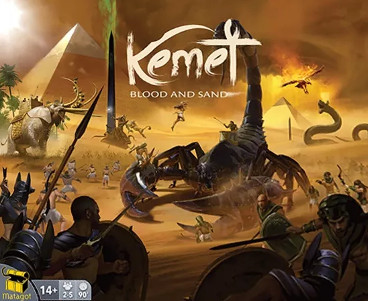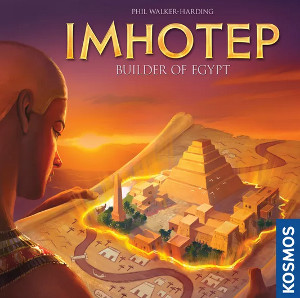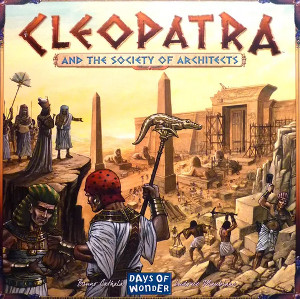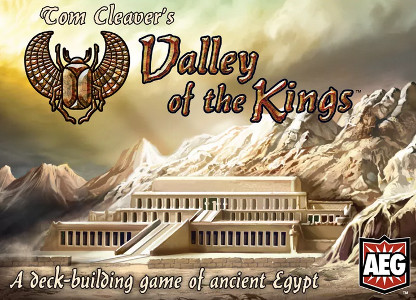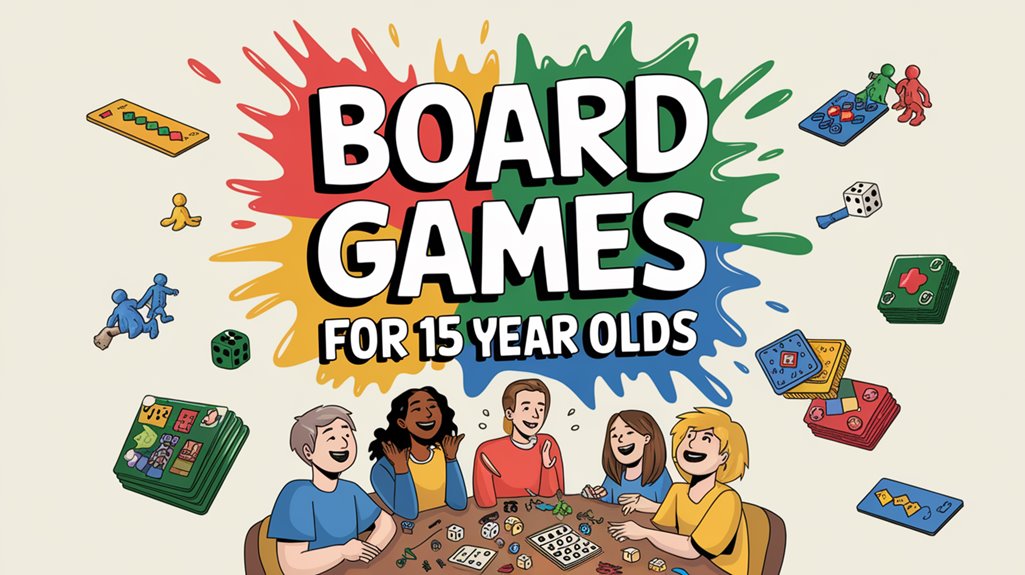Egyptian-themed board games immerse players in pharaonic Egypt through strategic mechanics tied to historical elements. Games like “Imhotep” (monument construction) and “Kemet” (area control with mythological powers) blend resource management, worker placement, and conflict resolution with authentic Egyptian iconography. These designs incorporate architectural challenges and religious hierarchies while raising questions about how tabletop games represent ancient civilizations.
Key Takeaways
- Pyramid-building mechanics feature prominently in Egyptian-themed board games like Imhotep and Giza: The Great Pyramid.
- Ankh: Gods of Egypt offers tactical resource management with deity-specific abilities and stunning miniatures representing Egyptian mythology.
- Kemet: Blood and Sand focuses on temple acquisition and confrontational gameplay using a signature blood resource system.
- Imhotep: Builder of Egypt provides Euro-style gameplay with stone block placement across five scoring areas in a 40-minute experience.
- Cleopatra and the Society of Architects uses three-dimensional components for an immersive temple construction experience with resource management mechanics.
Ancient Pyramid-Building Classics
Several Egyptian-themed board games have perfected the mechanics of pyramid construction through strategic gameplay elements. These tabletop simulations accurately represent the resource management challenges faced by ancient builders while providing competitive gameplay frameworks.
- Imhotep – A block-cutting and monument construction system with five distinct scoring zones, optimized for 40-minute gameplay sessions
- Giza: The Great Pyramid – Features authentic stone block transportation mechanics coupled with supplementary temple construction subsystems
- Kemet – Utilizes colored pyramids as technological development indicators while players compete for temple site control
- Egizia – Implements worker placement alongside a Nile flooding mechanic, creating temporal constraints for architectural wonder construction
These Egyptian themed games balance historical verisimilitude with engaging mechanics, allowing players autonomous decision-making within tightly structured rule frameworks. Each title presents unique approaches to the pyramid-building premise while maintaining thematic coherence.
Ankh: Gods of Egypt
The mechanics integrate tactical resource management with positional warfare as players deploy divinely-crafted miniatures across contested territories. Combat resolution incorporates deity-specific abilities, creating asymmetrical engagement scenarios that require adaptive strategy formulation. The 90-120 minute playtime accommodates 2-5 participants in high-interaction decision matrices.
The game’s material components feature meticulously rendered artistic elements that authentically capture mythological motifs, enhancing immersive gameplay while maintaining mechanical depth. Players navigate multiple pathways to influence, balancing follower acquisition against territorial domination in this thematically unified strategic experience.
Kemet: Blood and Sand
While maintaining the essence of its predecessor, Kemet: Blood and Sand restructures fundamental gameplay mechanisms through its innovative blood resource dynamics. This medium-weight strategic conflict simulation accommodates 2-5 participants within a 90-120 minute timeframe, emphasizing area control through tactical deployment of colored pyramid armies.
Players navigate the complexities of temple acquisition, leveraging upgraded abilities from temple tiles while managing the game’s signature blood resource. This mechanic facilitates divine intervention activation and specialized power deployment, creating decision trees with multiple victory paths. The core engagement loop revolves around territorial domination, with victory points awarded for temple occupation.
Kemet: Blood and Sand’s emphasis on direct confrontation necessitates both aggressive tactical maneuvers and defensive positioning, while improved player interaction mechanisms guarantee constant engagement through meaningful strategic choices across the mythological Egyptian terrain.
Imhotep: Builder of Egypt
Phil Walker-Harding’s acclaimed Euro-style game, Imhotep: Builder of Egypt, implements an elegant resource allocation mechanism within its area control framework, requiring 2-4 competitors to strategically maneuver stone blocks across the Egyptian terrain. This tactical challenge unfolds over six rounds, with players traversing five distinct scoring environments.
| Scoring Area | Strategic Considerations |
|---|---|
| Market | Set collection optimization |
| Pyramids | Tiered point structure |
| Temple | Round-based scoring variance |
| Burial Chamber | Connected block majority positioning |
| Obelisks | Height maximization competition |
The Game’s 40-minute duration promotes depth without excessive complexity, making it accessible to players aged 10+ while maintaining strategic integrity. Premium components elevate the ancient Egyptian construction theme, immersing participants in architectural decision-making while emphasizing tactical stone block transportation to maximize positional advantage across multiple scoring vectors.
Cleopatra and the Society of Architects
Created by Bruno Cathala and Ludovic Maublanc, “Cleopatra and the Society of Architects” implements a resource acquisition model within its temple construction framework, requiring 3-5 participants to strategically allocate components across an evolving Egyptian tableau. The game’s three-dimensional components significantly improve the immersive experience, with players competing to optimize their contribution to the temple construction.
The mechanics prioritize resource management over tactical depth, with a 60-minute play duration rendering it accessible for family engagement. Suitable for players 10+, the games showcase high-quality physical elements that effectively reinforce the Egyptian aesthetic. In spite of its thematic richness, some enthusiasts note limitations in strategic complexity.
The title’s out-of-print status has implications for acquisition channels, potentially affecting both market valuation and accessibility for collectors seeking to add this Egyptian-themed experience to their ludological repertoire.
Valley of the Kings
Ancient treasures await adventurers in “Luxor: Valley of Kings,” a race-oriented archaeological expedition game that implements a card-based movement system within its tomb-raiding framework. This competitive 2-4 player game requires strategic path-building mechanics as participants navigate interconnected chambers to acquire artifacts while circumventing hazardous traps.
Players must optimize their limited action economy, making calculated decisions regarding artifact acquisition versus entombment timing. The entombment mechanism generates victory points through strategic card submissions, creating tension between immediate tactical advantages and long-term scoring opportunities.
Luxor: Valley of Kings presents a 45-minute gameplay duration with a 12+ age recommendation, positioning it as a great game for both casual family gatherings and dedicated gaming sessions. Its Egyptian aesthetic, coupled with high-quality physical components, guarantees substantial replayability through the game’s balanced integration of strategic planning and probabilistic elements.
Nefertiti: Queen of Strategy
Nefertiti: Queen of Strategy

While many auction-based tabletop experiences struggle with balance issues, “Nefertiti: Queen of Strategy” elegantly implements multi-variant bidding mechanics within its archaeological framework. This 3-4 player set collection game utilizes dynamic scoring protocols to maintain engagement throughout its compact 45-minute runtime.
Nefertiti’s core mechanical structure prioritizes competitive artifact acquisition via strategic auction participation, demanding players enhance resource allocation across multiple contested lots. The game’s $40 price point provides exceptional value-to-complexity ratio, particularly given its inclusion of modular expansions enhancing replayability parameters.
The Egyptian theming transcends mere aesthetic functionality, incorporating substantive historical connections to Queen Nefertiti herself. With accessibility parameters calibrated for ages 10+, the game strikes ideal balance between rule simplicity and strategic depth, allowing for unrestricted player expression within clearly defined parameters.
Cairo: Merchants & Minarets
Numerous architectural towers punctuate the strategic terrain of “Cairo: Merchants & Minarets,” an area control game that meticulously deconstructs medieval Egyptian commercial infrastructure. This 2-4 player board game challenges participants to establish dominance through merchant placement, optimizing positional advantage within the 60-minute gameplay window.
| Game Element | Strategic Implication |
|---|---|
| Merchant Placement | Market control vectors |
| Minaret Influence | Territorial dominance |
| Trade Routes | Resource optimization |
| Area Control | Point accumulation system |
| Middle Eastern Theme | Immersive historical context |
The game’s core mechanic—the synergistic relationship between merchant deployment and minaret positioning—creates a multidimensional decision space. Players must navigate complex trade networks while leveraging architectural influence patterns, reflecting Cairo’s historical significance as a commercial nexus. This freedom-oriented gameplay appeals to both casual enthusiasts and experienced strategists seeking thematic depth within a compressed temporal framework.
